For us die-hard gearheads, reliability isn’t just a word—it’s a way of life. There’s nothing more satisfying than a sedan that soldiers on mile after mile, shrugging off wear and time like a champ.
Whether you’re clocking highway miles or commuting through city traffic, the last thing you want is your car giving up the ghost before it’s had a chance to hit its stride.
That’s why I decided to dig deep into the world of long-lasting sedans—the kind that hit 400,000 miles and still beg for more road. And on the flip side, I’m calling out the ones that barely crawl to 150,000 before becoming a money pit on wheels.
In this blog, we’ll explore 5 legendary sedans that are built to go the distance, the kind you hand down to your kids and they still drive to work. And then we’ll flip the hood on 5 sedans that break your heart and your wallet, failing before they should even be breaking in.
If you’re searching for the most reliable sedans, want to know which ones to avoid like a flat tire, or are just a mileage maniac like me—buckle up. Let’s get into it. We’re talking real-world reliability, not brochure dreams.
5 Sedans That Last Over 400,000 Miles
These sedans are the indestructible beasts of the car world. Trusted by taxi drivers, beloved by budget-conscious families, and worshipped by reliability nerds like me. They’ve earned their stripes with bulletproof engines, minimal maintenance issues, and mile counts that make lesser cars weep. If you want a sedan that outlives most marriages, this list is your new gospel.
ALSO READ: 5 Trucks With the Best Factory Docking Stations and 5 Bare Consoles
1. Toyota Camry (2000–2011)
There’s a reason why the Toyota Camry has become a legend on every street corner—it just doesn’t die. If you’ve ever asked, “What car lasts over 400,000 miles?”, this is the gold standard.
The 2000–2011 models, especially the ones with the 2.4L 4-cylinder engine, are straight-up unkillable. Minimal electronics, overengineered mechanics, and a transmission that just keeps shifting—this is Toyota doing what Toyota does best.
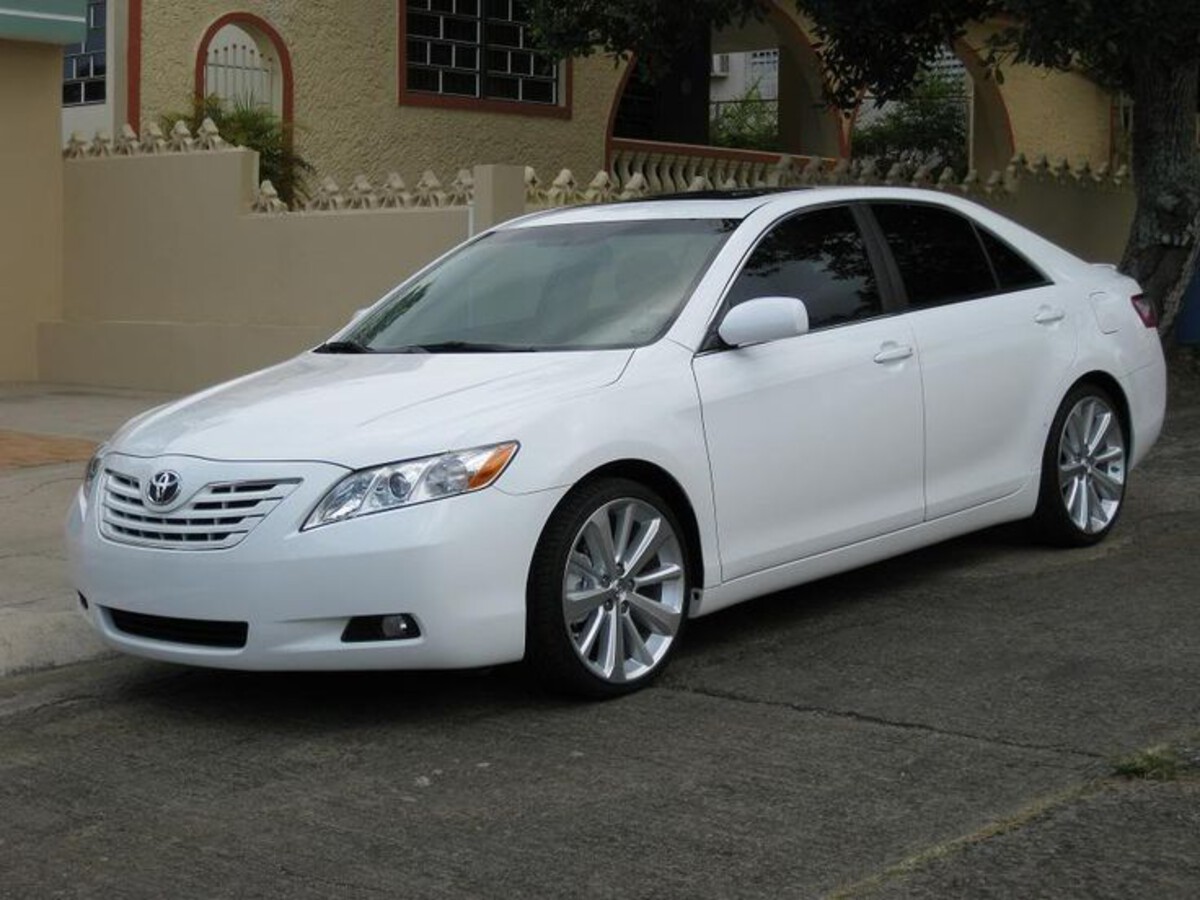
It’s no surprise that Camrys are the top pick for high-mileage Uber and Lyft drivers. They’ll rack up mileage faster than a pizza delivery guy on Super Bowl Sunday and still purr like a cat at 350,000 miles. Keep up with oil changes and basic maintenance, and you’re looking at half a million miles of peace.
Even in rust-prone states, these things hold together better than most. Timing belts? Cheap. Transmissions? Practically eternal. Sure, it won’t win beauty contests, but when it comes to sedan longevity, the Camry walks the walk.
2. Honda Accord
You can’t talk about long-lasting sedans without bowing to the Honda Accord. Especially the 1998–2012 generation, which remains one of the most reliable sedans ever made. The 2.4L i-VTEC 4-cylinder engine in particular? It’s a masterpiece. Smooth, efficient, and tough as nails.
I’ve seen these cars cross 450,000 miles with original engines and transmissions. Maintenance is straightforward, and parts are everywhere—cheap, plentiful, and easy to install. That’s a DIYer’s dream and a mechanic’s vacation.
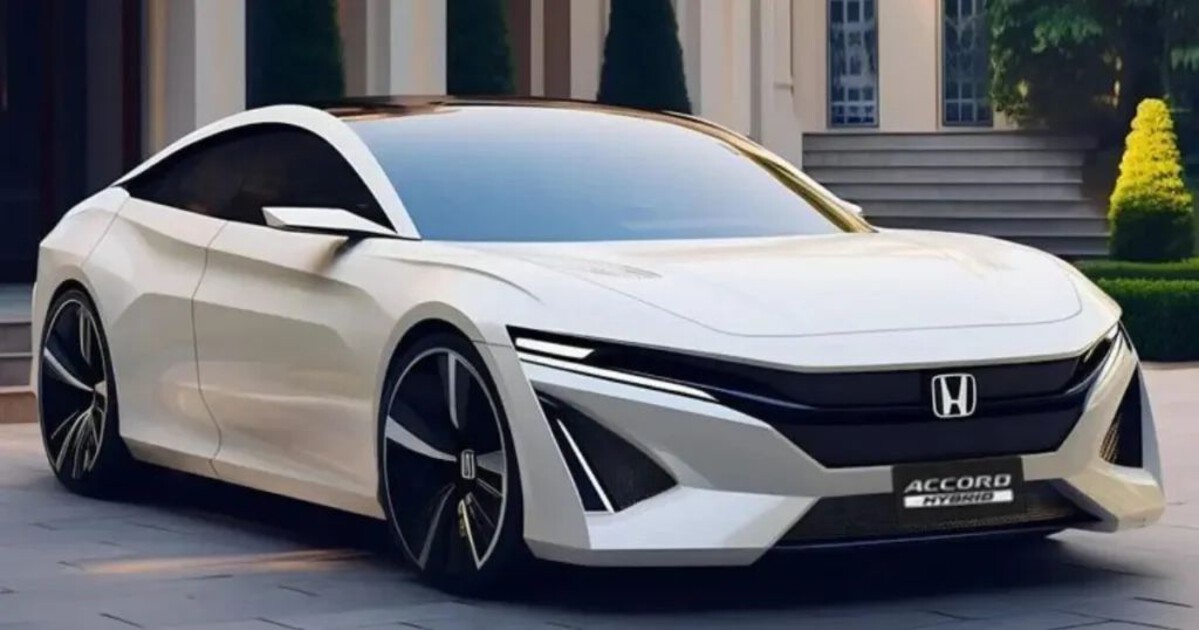
Accords aren’t just built well—they’re built smart. Everything under the hood is laid out for easy access. Need to replace the alternator? You’ll have it swapped before your coffee gets cold. Timing chains on some models mean you skip a big maintenance headache entirely.
Even better, Accords aren’t stripped-down tin cans. They offer comfort, good fuel economy, and a driving experience that doesn’t feel like you’re piloting a toaster. When a car balances longevity with livability, you’ve found a true gem.
3. Lexus LS400
Think luxury cars can’t last? Think again. The Lexus LS400 from the 90s is the underdog luxury sedan that turns 400k miles into a casual milestone. Built during Toyota’s golden era, the LS400 is proof that you can have your plush leather seats and drive them forever too.
The star here is the 1UZ-FE V8 engine—a buttery-smooth, overengineered beast that rivals the bulletproof 2JZ in longevity. This car was Toyota’s moonshot to compete with the Germans—and it knocked it out of the park. Not only is it whisper-quiet at highway speeds, but it’s also absurdly reliable.
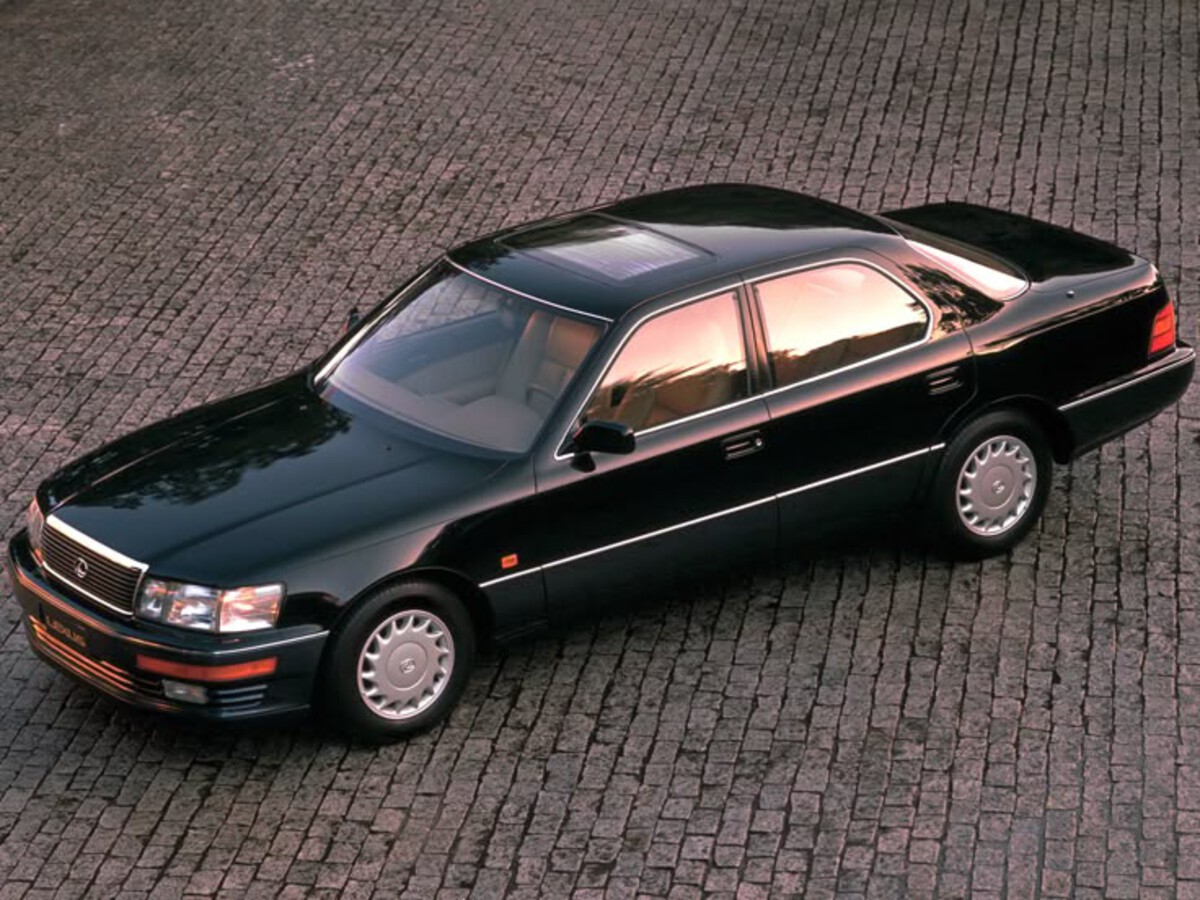
I’ve met LS400 owners who’ve done over 500,000 miles with only basic maintenance. Timing belt? Every 90k. Oil changes? That’s it. The electronics are simple, the build quality is next-level, and the ride feels like you’re gliding on silk. It’s no wonder these are cult classics in enthusiast circles.
They don’t build ‘em like this anymore—and that’s not nostalgia talking. It’s fact.
4. Ford Crown Victoria (1998–2011)
Ah, yes—the Crown Vic. It’s not just a police car or taxi; it’s a damn war machine in sedan clothing. The 4.6L V8 engine is an absolute tank, and the Panther platform is as tough as it gets. These sedans will eat potholes, bad roads, and abuse for breakfast and still beg for more.
Police departments didn’t just use them—they abused them. And still, these things would cross 400,000 miles on the original drivetrain.
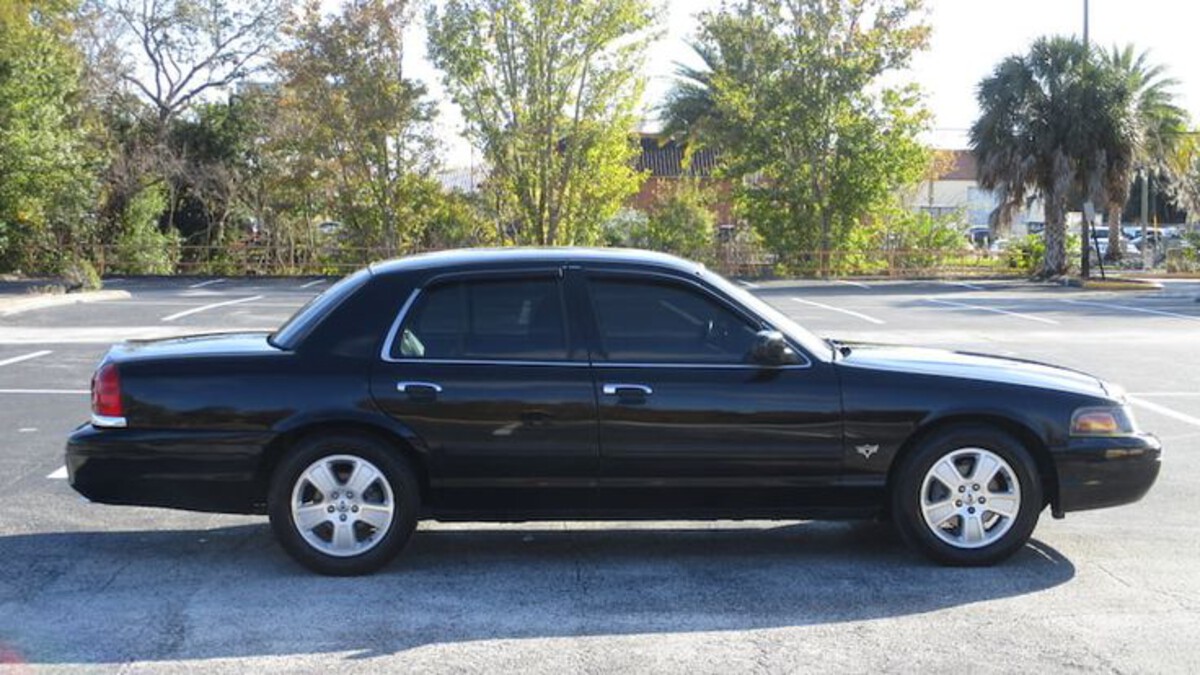
Rear-wheel drive, body-on-frame construction, and a powertrain that could run without oil for a while (don’t test that)—this is American engineering at its most brutal and basic.
Maintenance? Stupid simple. Parts? Dirt cheap. They’re not refined, they’re not pretty—but if you want a sedan that doubles as a cockroach in an apocalypse, this is it. I’ve personally owned one that took a highway crash and kept driving with the radiator taped together.
5. Mercedes-Benz W123 (1976–1985)
Old-school Mercedes? You bet. The W123 sedan, particularly with the OM617 diesel engine, is a global legend. These things are still running as taxis in third-world countries where roads are more suggestion than reality. I’ve seen odometers with 700,000 miles—and they’re still driving daily.
This isn’t luxury. It’s industrial art. The W123 was built like a bank vault, with craftsmanship that borders on obsessive.
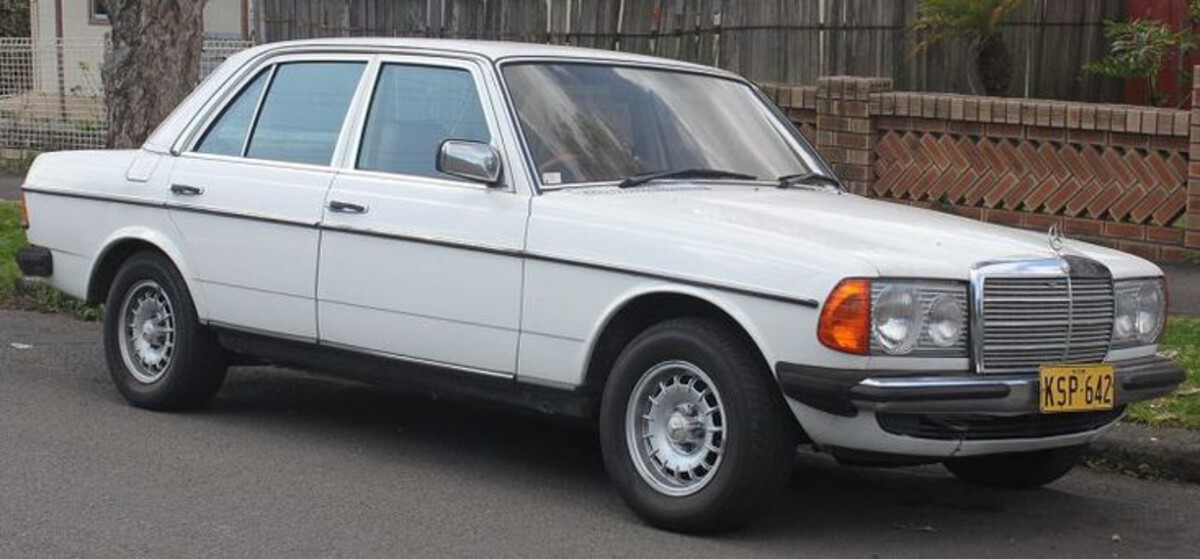
Diesel fuel economy, simplicity, and unmatched durability make this car a high-mileage monster.
These sedans are so reliable that they’ve earned fan bases in Africa, the Middle East, and South America, where mechanics pray for a W123 to walk into the shop. The parts don’t just last—they outlive governments.
Sure, they’re slow. But they’re so cool it doesn’t matter. Every clunky diesel rattle is music to the ears of a mileage addict. Plus, they’re appreciating classics now—owning one is both practical and poetic.
5 Sedans That Rarely Make It to 150,000 Miles
Not all sedans are built to last, and these prove it. Whether it’s flawed engines, fragile transmissions, or bad engineering, these cars wave the white flag far too early. If you don’t want to spend more time at the shop than on the road, steer clear. These are the sedans that die young—and leave a trail of mechanic bills behind.
ALSO READ: 5 Mazda Engines That Surprise With Longevity and 5 That Don’t
1. Chrysler Sebring (2001–2010)
Let’s get this straight: the Chrysler Sebring is not a car—it’s a lesson in what not to do. Horrible build quality, unreliable engines, garbage transmissions—this sedan has it all. Or rather, it doesn’t. Try getting past 120,000 miles without major problems, and you’ll feel like you’ve won the lottery.
The 2.7L V6? A notorious sludge monster. Neglect one oil change and you’re done.
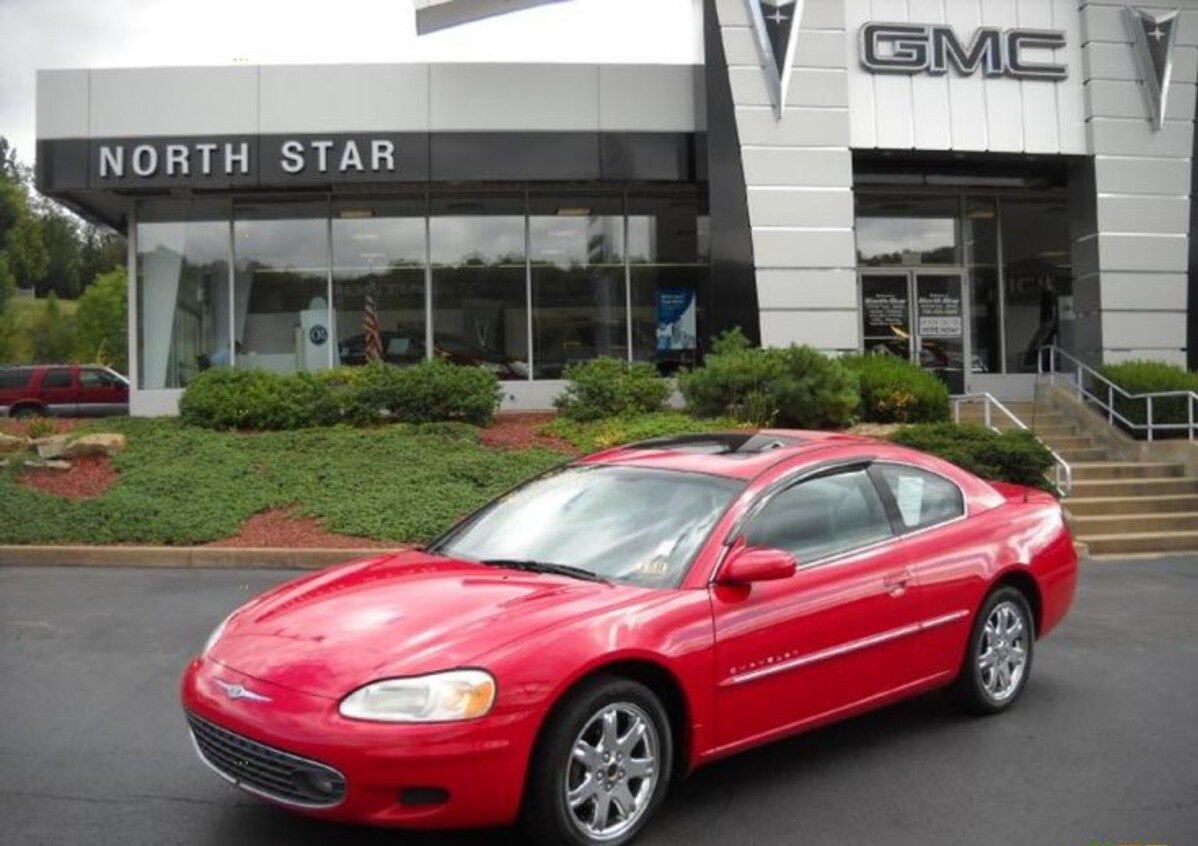
Electrical issues, trim pieces falling off, premature rust—it’s a masterclass in frustration. This car is like dating someone who looks good for six months and then drains your soul.
Even when new, the Sebring felt outdated. Bad suspension, lackluster handling, and an interior that seemed allergic to quality. It’s not just unreliable—it’s actively bad at being a car.
2. Chevrolet Malibu (1997–2003)
The late-90s to early-2000s Chevy Malibu is a classic example of “decent on paper, disaster on pavement.” On the surface, it was roomy, budget-friendly, and perfect for families. But underneath? A ticking time bomb. Most owners were lucky to get 130,000 miles before facing major engine or transmission failure.
The 3.1L V6 engine came with intake manifold gasket issues that plagued thousands.
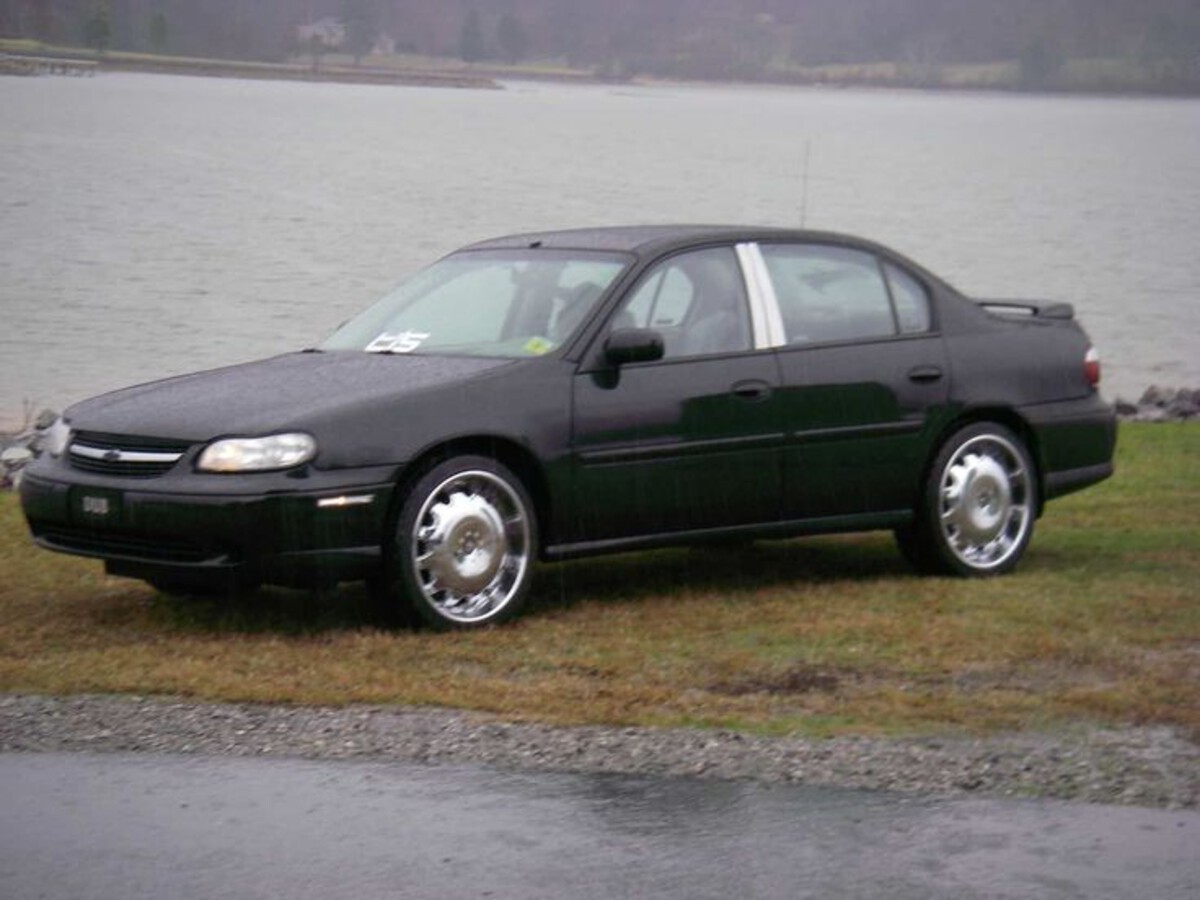
Combine that with electrical gremlins and weak transmissions, and you’ve got a car that screams “why me?” with every mile. Not to mention the suspension and brake problems that show up earlier than a cable bill.
What makes it worse is how average the Malibu feels. There’s no character to justify the chaos. It’s not fast. It’s not fun. And it sure as hell isn’t reliable. It’s the kind of car that dies while you’re still paying it off.
Unless you love fixing intake leaks or have a best friend who’s a mechanic, the Malibu is a sedan to avoid like bald tires in a rainstorm.
3. Dodge Avenger (2008–2014)
Hyundai’s been killing it lately with quality and reliability, but the 2011–2014
With a name like Avenger, you’d expect muscle, might, and maybe even vengeance. But this Dodge falls miles short of heroic. The Avenger looks aggressive, but underneath its hood lies a weak, underwhelming sedan plagued by early failures and mechanical flaws. Most don’t make it past 140,000 miles without critical repairs.
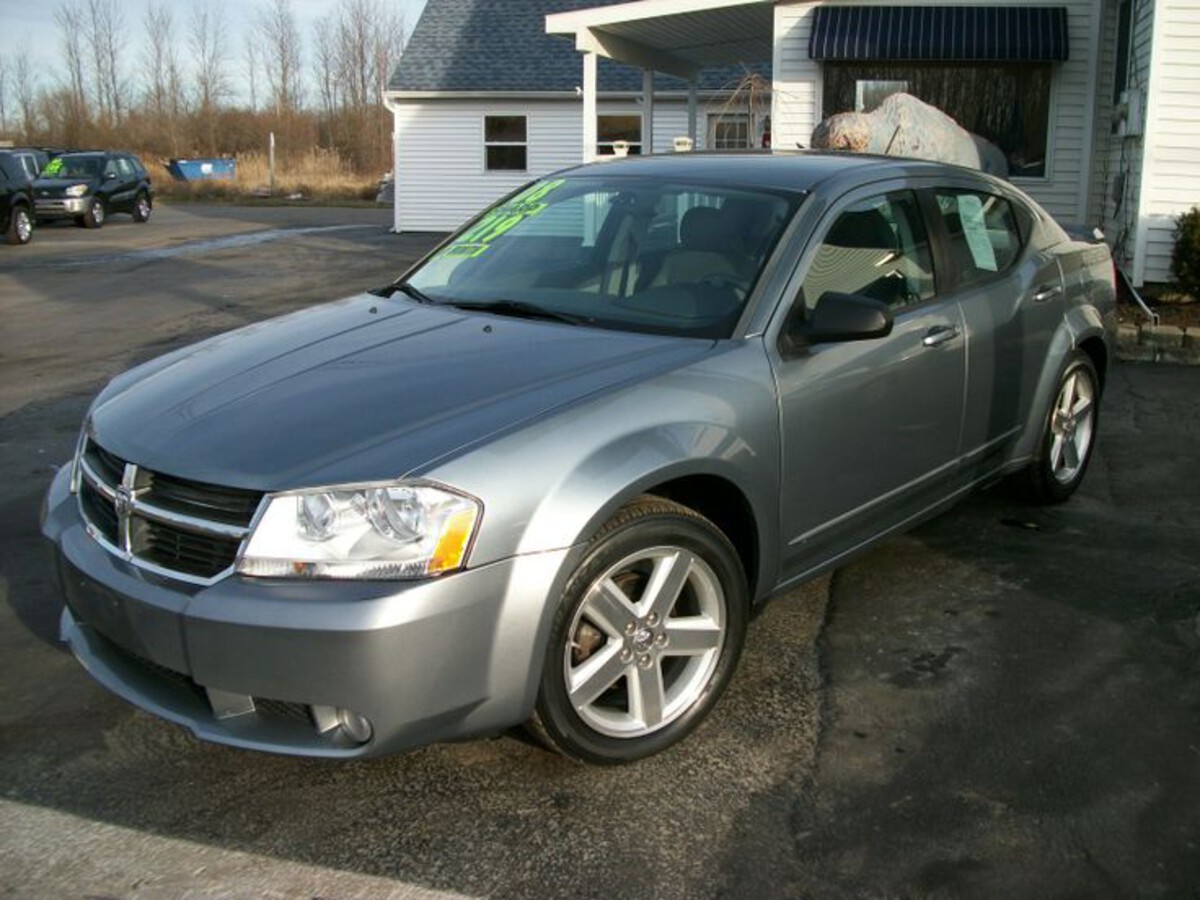
The engines, especially the 2.4L inline-4, were uninspired and often ran roughshod after just a few years. Transmission issues were common, and the interior quality? Laughably bad. Panels would peel, electronics would short out, and don’t even get me started on the cheap seats that fell apart faster than a paper straw.
Even diehard Mopar fans struggle to defend this one. While Dodge aimed for sporty, they delivered a car that looked fast but couldn’t outrun its own poor engineering. Reliability ratings tanked, resale values plummeted, and mechanics got rich off Avenger owners.
It’s a car that could’ve been cool, but instead, it became a cautionary tale.
4. Volkswagen Passat (2006–2011)
I know, I know. Volkswagen fans are passionate. But let’s talk real—the 2006–2011 VW Passat is a nightmare dressed as a premium sedan. It has the looks, sure. The ride? Smooth. But once you pass 100,000 miles, it’s like flipping a switch that says, “destroy bank account.”
The 2.0T FSI engines are infamous for carbon buildup, timing chain tensioner failures, and oil consumption so bad it should come with a warning label.
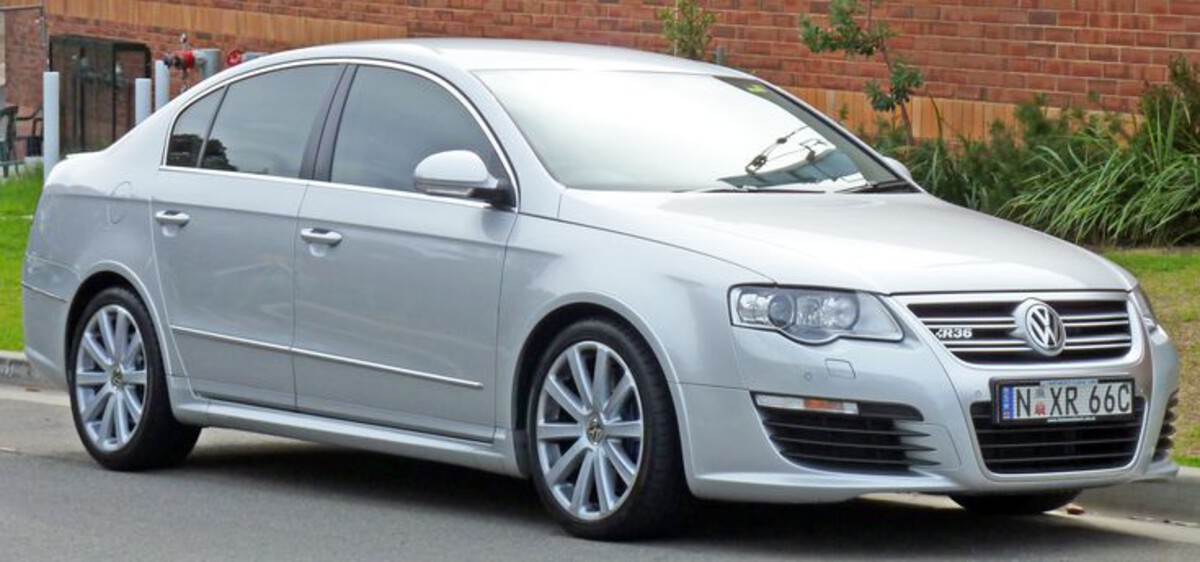
And the DSG transmission? Slick at first—but expensive, high-maintenance, and prone to failure without proper servicing.
What makes the Passat particularly frustrating is that it lures you in with refinement and style. Then it leaves you stranded on the side of the road with an EPC light screaming on the dashboard.
Yes, it’s fun to drive. Yes, it’s quiet and clean inside. But unless you enjoy spending more time at European repair shops than driving, leave this one to someone else.
5. Hyundai Sonata (2006–2010)
The Hyundai Sonata from the late 2000s was supposed to be the budget hero. But while it was priced right and looked the part, its mechanical reliability was far from heroic.
Engines would seize unexpectedly, often due to oil flow issues and bearing failures, sometimes before the car even hit 120,000 miles.
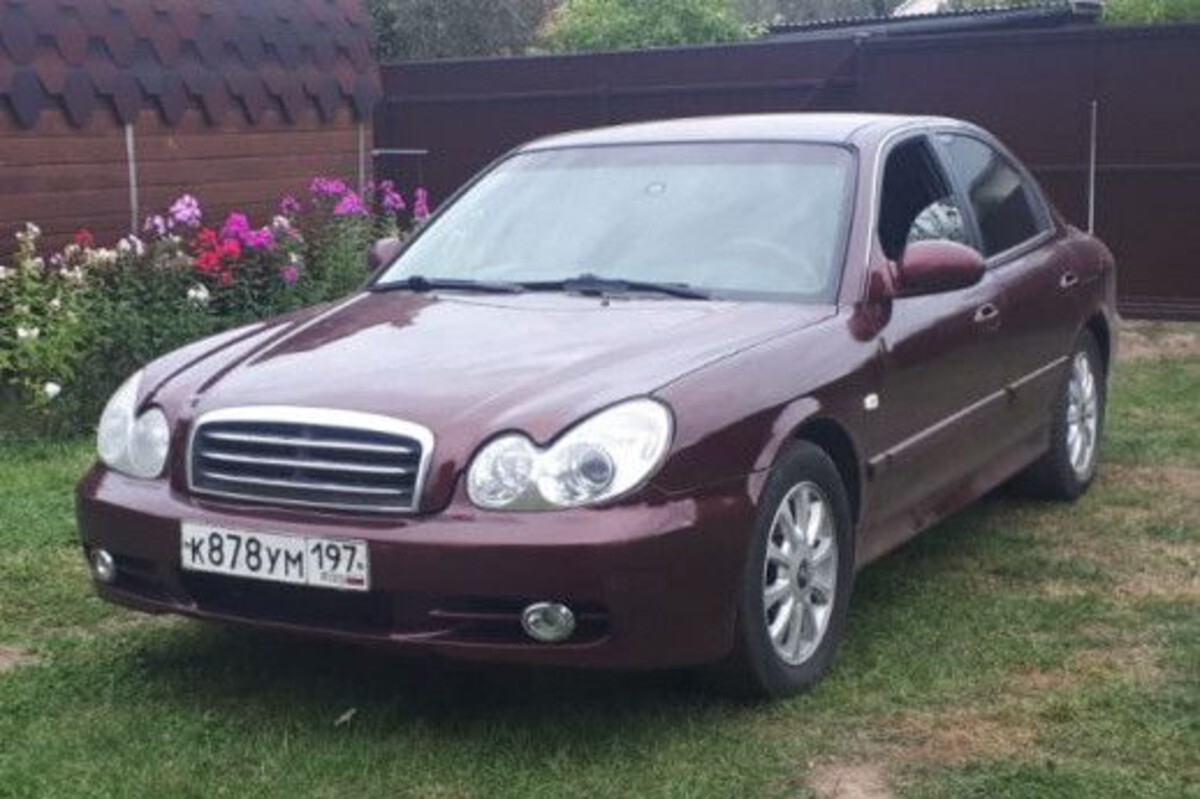
Even worse, Hyundai faced multiple class-action lawsuits related to engine failures during this time, particularly with the 2.4L and 2.0T engines. You could do everything right—change oil on time, drive gently, and baby it—and still watch the engine blow like it had a death wish.
Add in electrical problems, flaky sensors, and cheap interior materials that degrade quickly, and the Sonata becomes more of a warning than a win. Sure, Hyundai improved later, but this generation is best left in the rearview mirror.
If there’s one thing this car addict knows, it’s that not all sedans are created equal. Some are built with the kind of obsessive engineering that lets them tear through 400,000 miles like it’s a Sunday cruise. Others? They’re built like papier mache—pretty for a minute, but utterly forgettable and frustrating in the long run.
The sedans that go the distance—like the Camry, Accord, and LS400—aren’t just smart buys. They’re long-term partners. They give you peace of mind, save you money, and earn your trust every single mile. They’re the ones you brag about at car meets and recommend to every friend asking, “What car should I buy if I want it to last forever?”
On the flip side, the underachievers on this list? They may look appealing on a dealer lot, but they’ll break your heart and your wallet. Avoid them unless you’re in the mood for breakdowns, regrets, and repair bills that cost more than the car itself.
Whether you’re a commuter, a collector, or just someone who hates the mechanic’s waiting room, choose wisely. Because in the world of sedans, some are legends. Others are just lemons.
Drive smart, drive far. And always respect the mileage gods.

